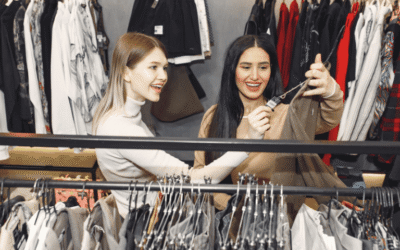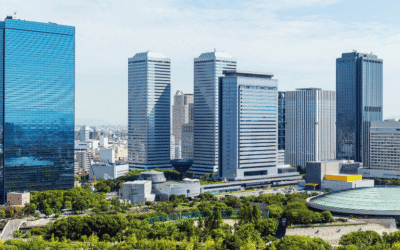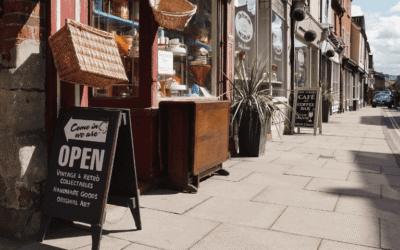Converting commercial office buildings to net-zero energy consumption emerges as a strategic solution to combat their substantial contribution to global greenhouse gas emissions. These buildings, responsible for 39 percent of carbon dioxide emissions in the U.S., can achieve a net-zero energy status by integrating energy-efficient technologies, renewable energy sources, and smart building design. According to the International Energy Agency (IEA), such a transformation can slash energy use by up to 90 percent compared to conventional commercial buildings.
To initiate the conversion, building owners can implement various strategies. Energy-efficient technologies play a pivotal role, with LED lighting offering up to 80 percent higher efficiency than traditional options, and energy-efficient HVAC systems reducing consumption by 30 percent. Building automation systems optimize energy use by controlling lighting and HVAC based on occupancy and temperature. Incorporating renewable energy sources, such as solar power and geothermal systems, further enhances sustainability. Smart building design principles, like passive solar design and natural ventilation, harness natural elements for optimal energy use.
The benefits of converting to net-zero energy are compelling for building owners. Beyond significant cost savings—up to 80 percent compared to traditional buildings—net-zero energy buildings contribute to environmental conservation, improve indoor air quality, increase property value, and align with future regulatory standards. Building owners can showcase their commitment to sustainability, attract environmentally conscious tenants, and stay ahead of stringent energy standards. The conversion process involves energy and envelope audits, implementing energy-efficient measures, installing renewable sources, and continuous monitoring for efficient energy management.
Converting commercial office buildings to net-zero energy is not only a sustainable but also a cost-effective solution. The multifaceted approach, integrating energy-efficient technologies, renewable sources, and smart design, not only aligns with global environmental goals but also offers tangible benefits for building owners, including substantial cost savings, increased property value, and compliance with evolving regulations.
Click here to read the full article, originally published by Facilities Net.







































0 Comments